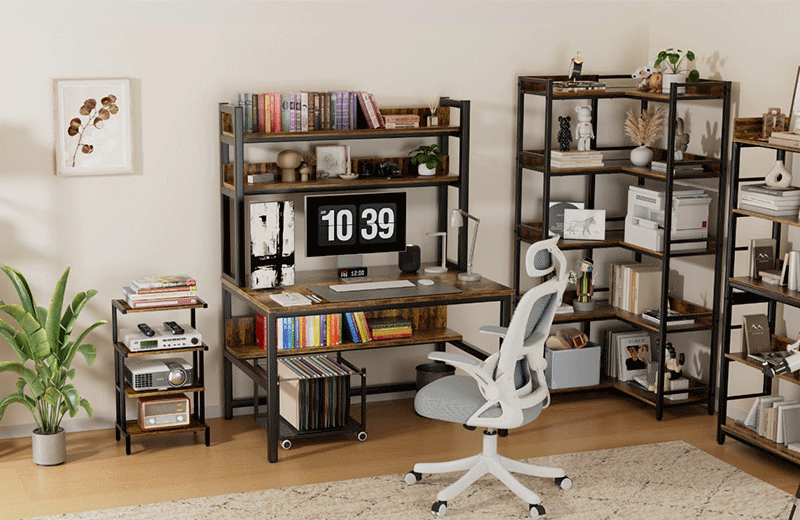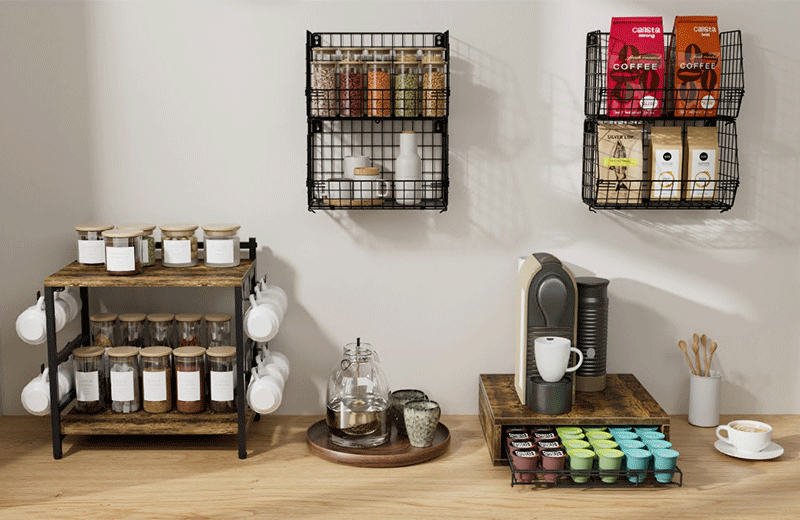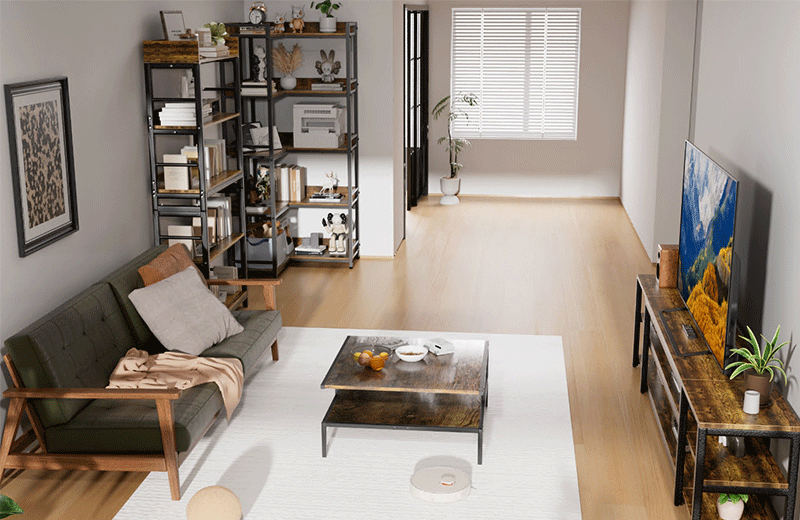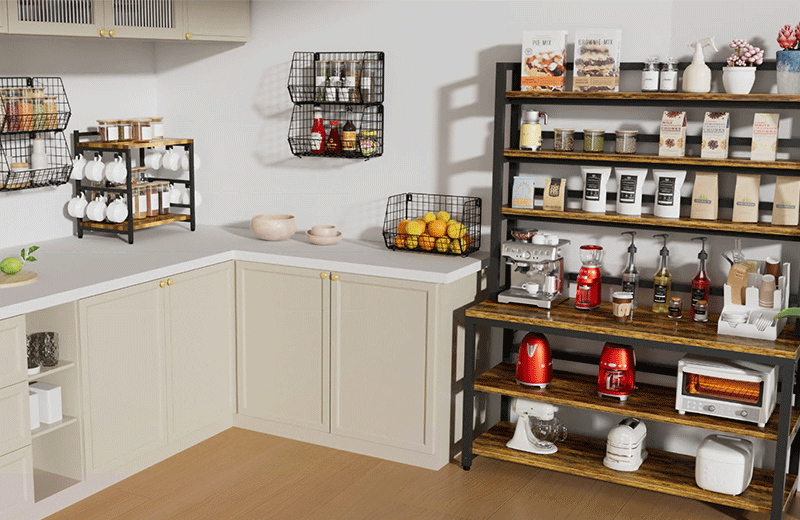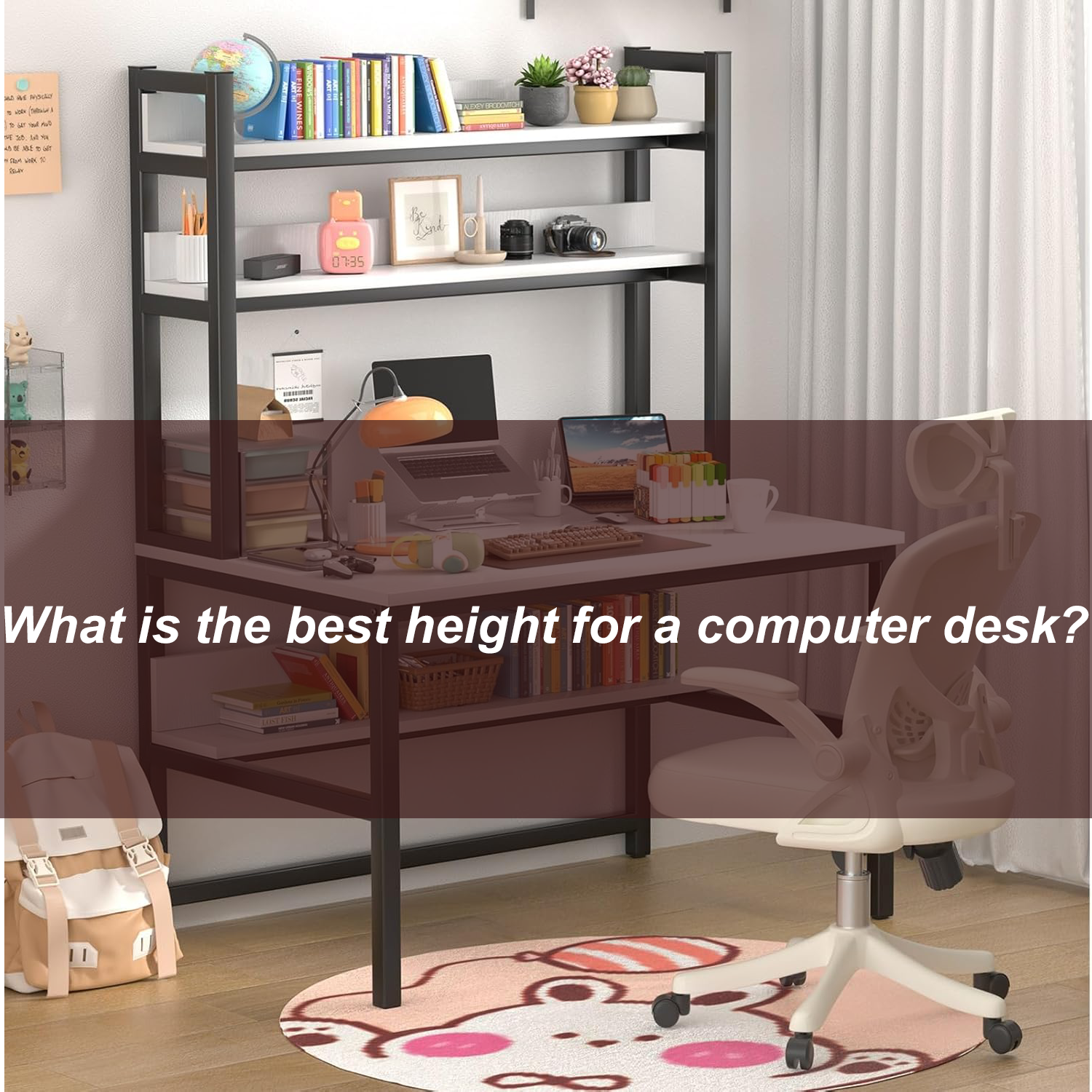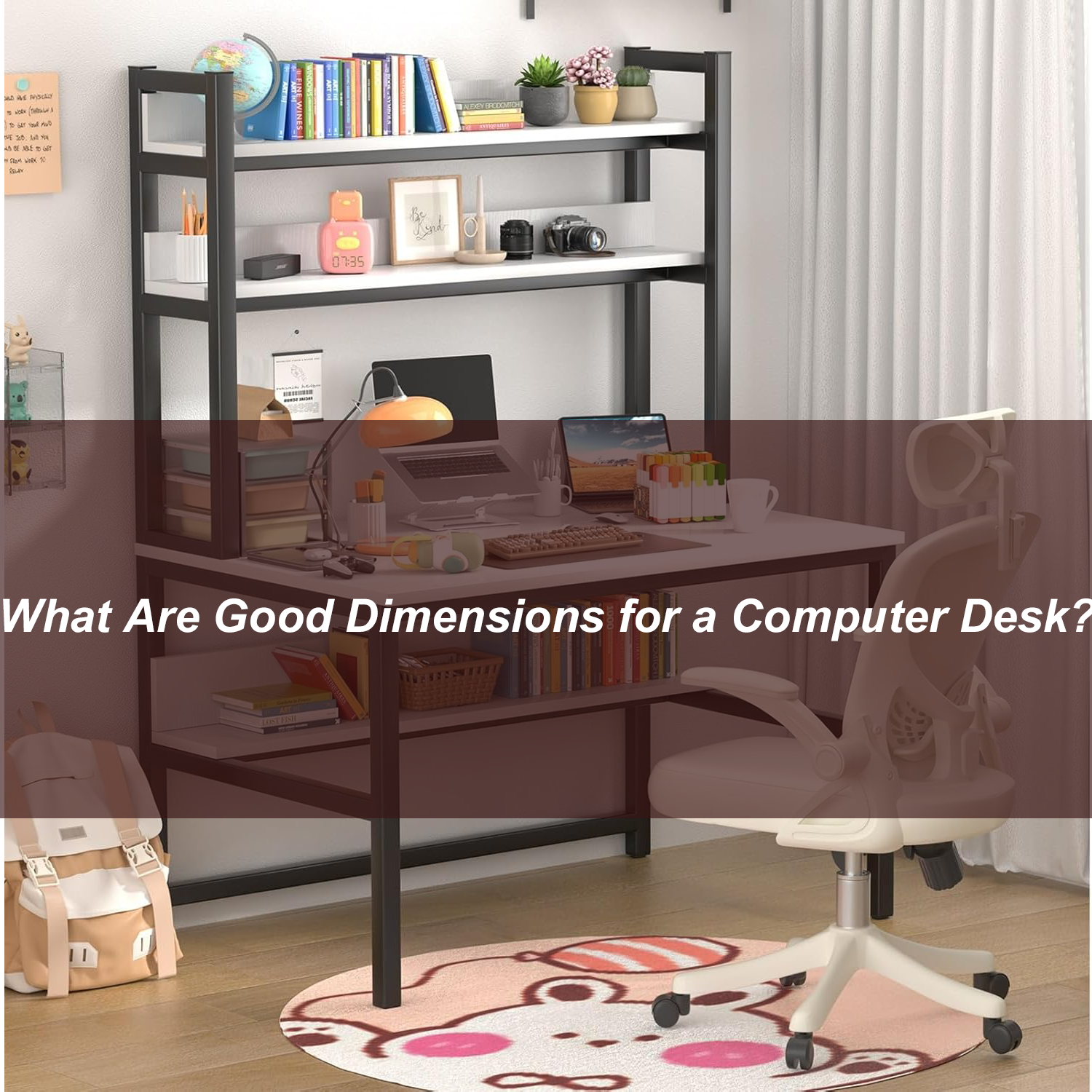Achieving a comfortable and efficient workspace hinges on selecting the optimal desk height. The correct height is pivotal for prolonged work sessions without discomfort or strain. This comprehensive guide explores crucial factors, from ergonomics to personal preferences, to help you determine the ideal height for your computer desk.
1. The Role of Ergonomics in Desk Height
Ergonomics, the science of designing user-centric workspaces, is key to reducing the risk of musculoskeletal issues and boosting productivity and comfort.
2. Optimal Seating and Arm Position
Your desk should facilitate a seating position with feet flat, thighs parallel to the ground, and knees at a 90-degree angle, ensuring proper circulation and back support.
Typing should involve arms at a 90-degree angle or slightly more, with wrists in a neutral position to prevent strain.
3. Monitor Placement for Eye Comfort
The monitor top should align with or be slightly below your eye level, positioned 20-30 inches from your face to minimize eye strain.
4. Standard Desk Heights: One Size Fits Most, But Not All
Standard desk heights of 28 to 30 inches suit most adults, typically those between 5’4” and 5’10” tall, but individual needs may vary.
5. Customizing Desk Height to Your Stature
Measure your seated height with a straight back and feet flat, and use this as a guide for your desk height.
Ensure your chair is adjustable to complement your desk height.
Consider a footrest if your desk is too high to maintain proper leg positioning.
6. Testing and Fine-Tuning Your Setup
Spend time at your desk and make necessary adjustments for comfort and efficiency.
Utilize monitor risers, keyboard trays, or adjustable desks to refine your workspace.
7. The Benefits of Adjustable Desks
Adjustable desks, including standing desks, offer flexibility for varying postures, promoting better posture and reducing sedentary risks.
Adjust for both sitting and standing positions to maintain elbow and monitor height ergonomics.
8. Task-Specific Desk Height Considerations
Different tasks may require different desk heights:
Typing and Office Work: Prioritize wrist and arm comfort, possibly using a keyboard tray.
Graphic Design and Drawing: An adjustable tilt desk can be beneficial.
Gaming: Look for desks with cable management and space for multiple monitors.
9. Common Pitfalls to Avoid
Ignoring Chair-Desk Compatibility: A poor match can lead to discomfort and poor posture.
Overlooking Monitor Height: Incorrect monitor placement can cause neck strain.
Relying Solely on Standard Heights: Personalize your setup to fit your unique needs.
10. Final Tips for Achieving Optimal Desk Height
Incorporate ergonomic accessories to enhance comfort and productivity.
Periodically review your setup to ensure it continues to meet your needs.
Consider an adjustable desk for the ultimate in flexibility and comfort.
Conclusion:
The ideal desk height is a personalized choice that aligns with your body dimensions and supports ergonomic principles. Whether you choose a standard or adjustable desk, the goal is to create a workspace that minimizes strain and maximizes comfort. By customizing your desk height, you can improve posture, boost productivity, and foster a healthier work environment.

